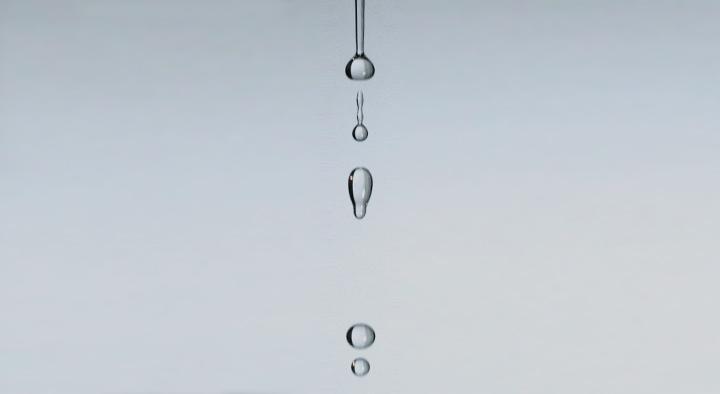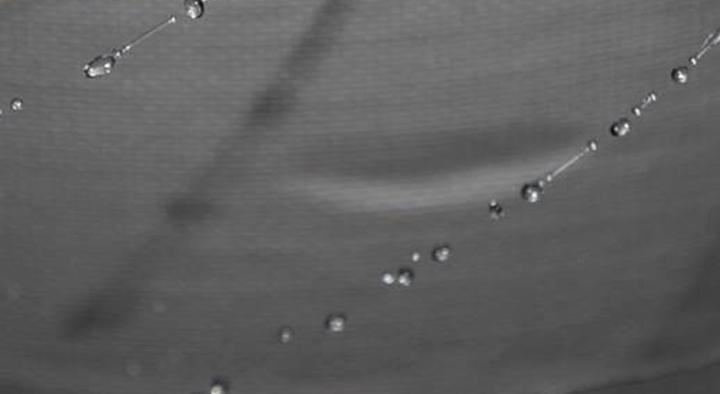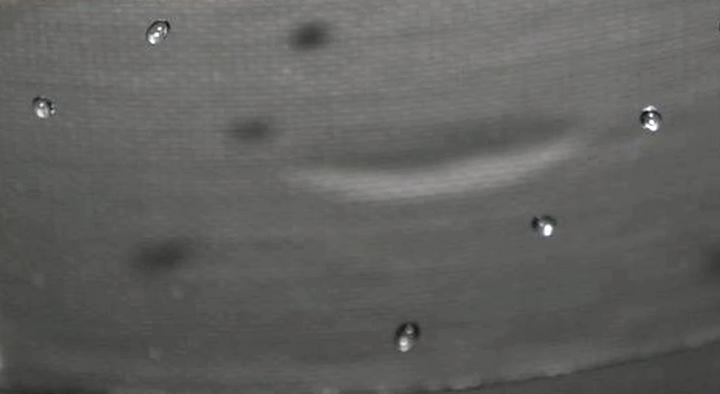Prilling Machine
Forming technology for processing plants.
Over the years, we have built up an impressive track record in manufacturing prilling machines.
The first fertilizer prilling machine we built in the 1960s is still in operation today and continues to deliver a positive cash flow for our client. The proof of this track record is our ever-growing prilling reference list.
Types of prilling machines
Kreber Prilling Machines are characterized by high reliability, low operational expenses, and ease of operation.
Depending on the type of product, the required quantity, and the prilling tower conditions, we offer one of two types of prilling machines: the Kreber Static Prilling System or the Kreber Rotary Prilling System.




